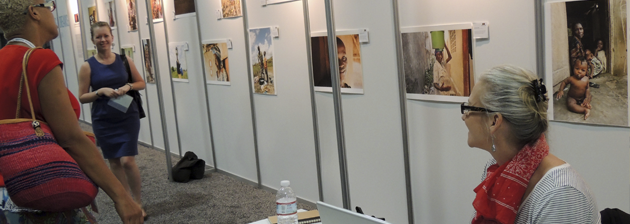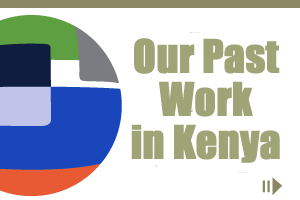By Callie Long.
A young girl’s image is captured as she walks towards the photographer. Another girl sits on a bed, bathed in light, looking out a window. Each image tells the story of a young woman who has experienced unspeakable violence at the hands of an adult. Each image evokes shock, disbelief and a deep sense of sadness and loss.
Lynsey Addario’s photos are a testimony to what she witnesses as a photojournalist on assignment for Together for Girls, an organization that looks to the issue of sexual violence against girls in support of country-driven efforts for change. “So many people turn a blind eye. I wanted to put this issue in their faces; hold up a mirror to the perpetrators, hold them accountable”, she explained at a media conference at AIDS 2012.
As with HIV, sexual violence against girls is considered by many to be a global epidemic, and one that connects directly to the spread of the virus. Michelle Moloney-Kitts, who heads up Together for Girls, believes that the media plays an important role in telling this difficult and complex story. “It is critical that the media reports accurately – not hysterically – on such complex issues. “Ethical reporting on facts”, she explains, and needing to “show images of the problem, but also give equal time to the solutions. This can be done”.
The camera can and does play an important role as powerful media tool in responding to stigma associated with HIV. Images that illustrate the disease with thoughtfulness and sensitivity have not only helped the media tell the story of people living with HIV with compassion, respect and dignity, but have accorded a powerful voice to people that in the early days of the disease were demonized and dehumanized. “The best way to combat stigma is for people to have a conversation about the issue that is stigmatized”, says Internews’ Ernest Waititu. “There is no better or more powerful way to have a conversation than through visuals, because they are bold and they stick on our minds.”
Photojournalist Harold Sikkema, on assignment at AIDS 2012, says that photos tell the story behind the face. “The root of stigma lies in dehumanizing people”, says Sikkema. “A photo makes the presence of the human being undeniable, and stigma is addressed when the people in my photos are undeniable”.
“The roots of stigma and discrimination run deep into ignorance”, says Paul Jeffrey, also on assignment at AIDS 2012 as a photojournalist. “People often don’t like what they don’t know. But when we come face to face with people living with HIV, we discover that the stereotypes that informed our prejudice are no longer viable.”
Jeffrey, who has now covered five International AIDS Conferences says that “since we can’t know everyone personally, visual imagery is the next best thing, acquainting us with those who are different, yet just like us, loving and strong, yet living with a virus that’s simply that, not divine curse nor sinful sign, just a disease, which calls for us to respond with compassion, not fear.”
“I have access to people’s most intimate thoughts and moments”, Adddario says, adding that with her photos, she is contributing to the solution to violence against women, and wants people to think about it. Long after the Together for Girls press conference closes, her powerful images of young girls linger, their voices no longer silent, but speaking to a global audience.




